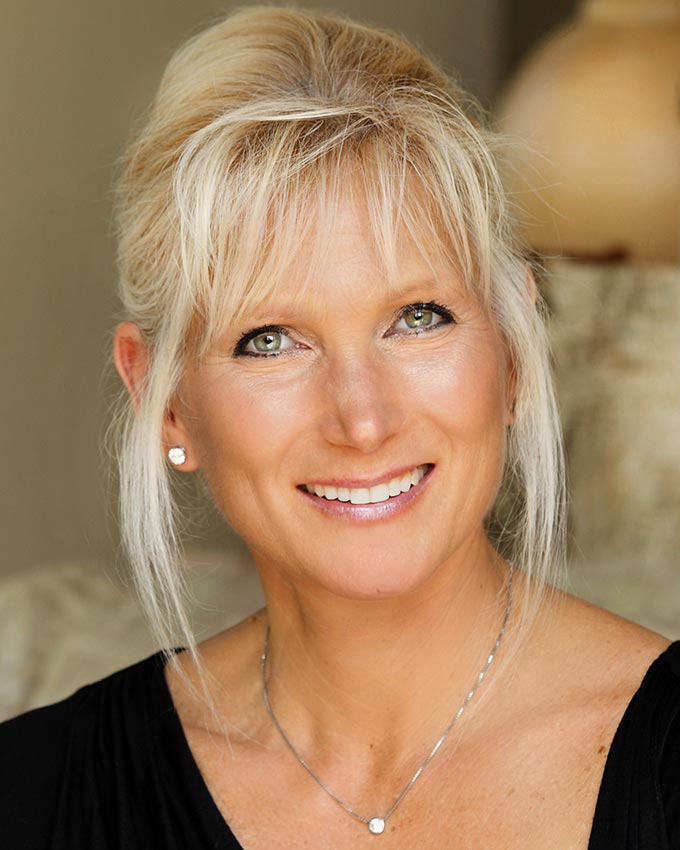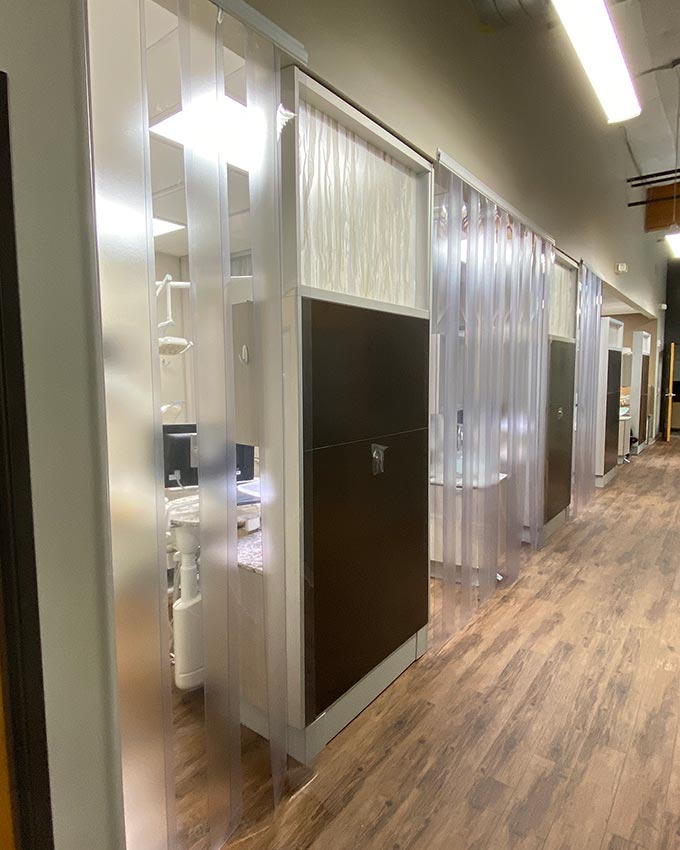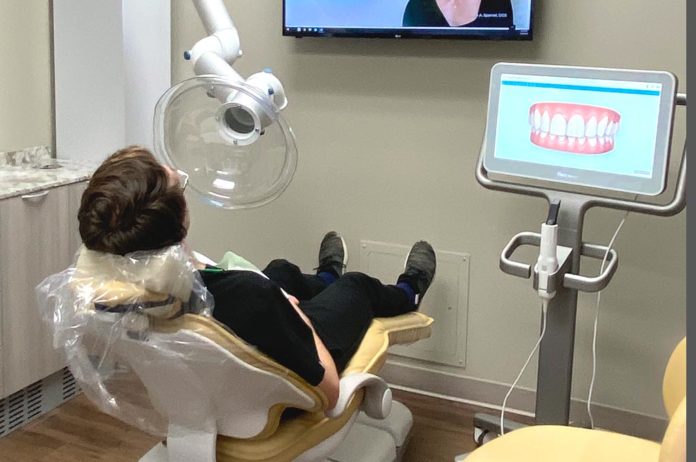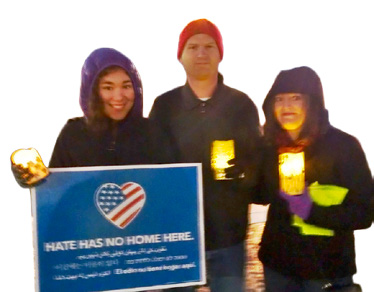“Social distancing.” “Stay home, stay safe.” “Masks are required!”

These are all terms that were hardly familiar just a couple months ago, before COVID-19 was deemed a pandemic. Now, months later, as we start to come out of quarantine, braving the whole new world before us, we are keenly aware of our surroundings. The world was turned upside down almost overnight. Our routines were halted, and we now emerge with a new urgency to carefully consider our surroundings.
Phase one in Oregon permitted specific counties to allow limited reopening of restaurants and bars, personal services, gyms and malls. Gatherings of up to 25 people were allowed for recreational, social, cultural, civic or faith events with physical distancing requirements.

As of July 1, face coverings are required for indoor public spaces although children under 12 years of age and people with a disability or medical condition are not required to wear one.
But what happens when you go to a dental office? Routine dental procedures and even ultrasonic cleanings with a dental hygienist create a spray of salivary aerosols. These are the same tiny droplets we worry about spraying while speaking to another person, singing in church or sneezing at the grocery store.
Dentists are taking added measures for your safety and the safety of their teams. We are adding air-purification systems, cleaning our public areas more frequently, scheduling patients to reduce contact in the reception area, taking temperatures at the door and interviewing patients with special COVID-19 questions.
Dentists are now considering how we manage to perform the quality work we want to provide in a professional setting while wearing our added Personal Protective Equipment. It isn’t enough to be sure the fillings are perfect and the porcelain is beautiful, we need to be sure the salivary droplets are not spread from the treatment rooms to other areas in the office.
At Summerwood Family Dental, with the help of a clean-room specialist, our answer to this problem was three-fold:

- Isolation: Each treatment room is now isolated. We installed industrial-grade soft-wall panels to close in each room.
- Filtration: We installed hospital-grade HEPA filters in the ceiling above each dental chair. The HEPA filters push air to the floor creating a laminar affect, like an industrial clean-room, circulating the air in the room more than 12 times per minute. Additionally, we added two in-line industrial HEPA filters in the central HVAC to purify the air in the entire general office space.
- Ventilation: An overhead vacuum system was mounted on the ceiling that removes the dental aerosols as they are created. This vent hood is eliminating most of the contaminants as we are working. This system of isolation, filtration and ventilation has been certified effective in purifying the treatment room air and not allowing contaminants to leave the area.
Every patient is treated the same, using these precautions, thereby ensuring safety at each visit. The seasonal flu, COVID-19 and other future communicable virus and bacteria will be controlled using this process.
The dental community has always been at the forefront of infection control, sanitation and sterilization. Even now with the new challenges of the coronavirus, we are rising to the occasion to implement new precautions. Keeping in mind the pandemic is not over, we all need to stay vigilant as we re-start our lives and routines. As we adapt to our new normal in everyday life, dental offices everywhere are doing their part to take your safety seriously.



















